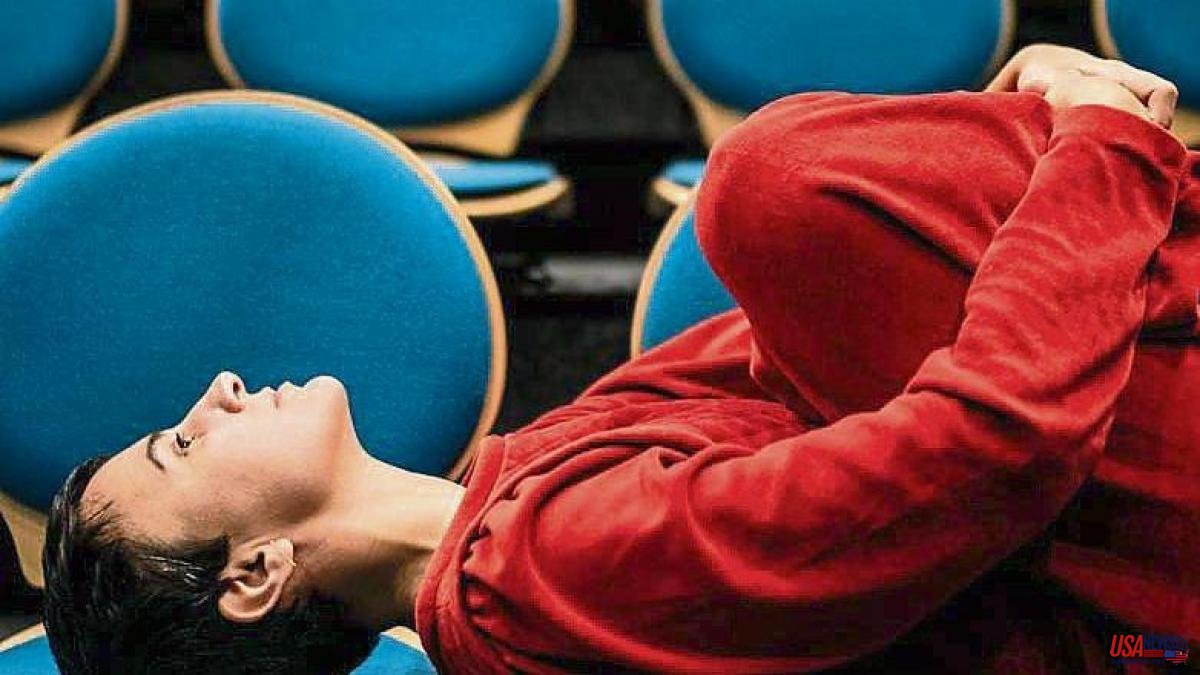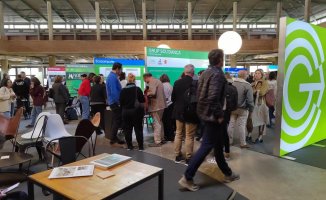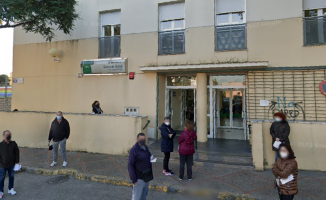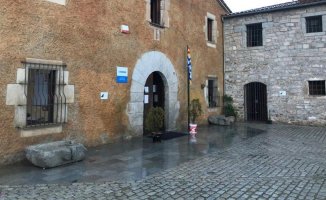The Valencian Marina Mascarell (Oliva, 1980) is a record holder. At the Nederlands Dans Theater she has gone from NDT2 dancer to NDT1 choreographer, and now, with her, her show How to cope with a sunset when the horizon has been dismantled. she inaugurates the Grec festival. But she is not new to the Montjuïc stage. In 2018 she already participated in the opening of the festival, as choreographer for Oriol Broggi and La Perla 29 in the Poema de Gilgamesh.
Where does this piece come from?
The starting point was music, because the commission was to do a work with the Netherlands Ballet Orchestra. We chose four pieces, by Wagner, Cage, Ligeti and Sibelius, which are four references.
Why these four?
It is music that goes from the mid-nineteenth century to the end of the twentieth, to create a very varied melodic landscape. The work of these four references was a turning point in the history of music. What we have done is subvert that relationship, avoid the imposed narratives and emotions that you expect, and make a kind of resistance. I get excited when I see that people go beyond what is established.
How did you do it?
I have worked with collaborators such as the architect Ludmila Rodrigues, the visual artist Leticia Skrycky, and with the wardrobe of Nina Botkay.
An architect?
I wanted there to be architectural elements that would modify the physical behavior of the dancers, and from there we were thinking about how to grow the other elements, such as physicality, lighting, and costumes. Thus we create a landscape of a gray color, where the light works very well.
And the dancers?
I have also worked individually with each one, to see what each person needs to be comfortable and so that everything ends up being a process of love. I cannot create if there is no love. And it is not a binary work, there are no men and women, they are people.
Why is science fiction a constant in your work, as it is in this piece?
Because it is the possibility of inventing a future for yourself, it is a blank page where you can dream.
How do you feel opening the Grec?
With a lot of pressure, and I am accompanied by two very powerful works, a mythical one by William Forsythe that closes the show, and the other by Sharon Eyal, a choreographer who is now everywhere. We premiered mine on February 3 in The Hague and it's the first time I've done a work with an orchestra.
Has dance changed with the pandemic?
Now there is an exaggeration of jobs and creators. I feel that not everything fits and the public is not reacting to this flood of creations. In the Netherlands it is taking a long time to recover.
He has danced for NDT2 and now makes creations for NDT1. How do you feel about this evolution?
I feel at home, with a relationship with the dancers of being part of the house. When you create for NDT there is extra pressure. It is not easy, there are many creators, and for this reason I have decided not to be too ambitious, aware of what I can aspire to. I have had the privilege of knowing where he was.
What does the title How to cope with a sunset when the horizon has been dismantled refer to?
It refers to light, which is very important in the work. It is a day of science fiction about the referents that are falling and how we want to have a new relationship with them, in this future that is not what we thought it would be. The great stories have fallen, but they are still here and we see how we approach them.
What projects do you have now?
Next year I'm going to the Sydney Opera House to do a creation and something else for Asia.













